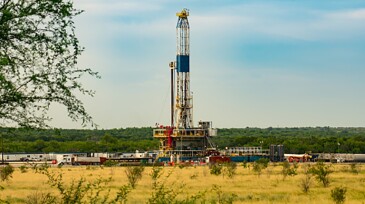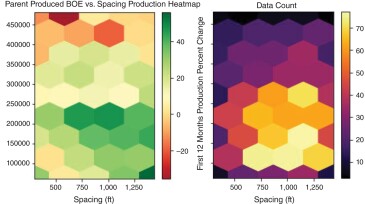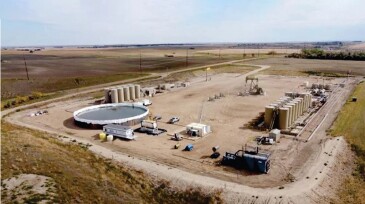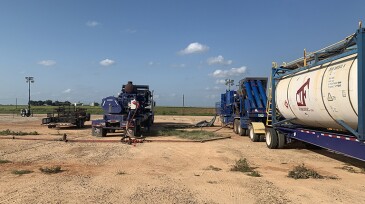Eagle Ford Shale
-
M&A market activity in the fourth quarter fell from the third-quarter high to $13 billion.
-
The Oklahoma City-based operator struck the first big US shale deal of 2023 as it pivots toward natural gas developments.
-
The deal upon closing at year-end would expand Marathon’s position in the south Texas shale play by 130,000 net acres.
-
The authors write that child-well performance increases with spacing and decreases with infill timing and that the parent cumulative production at child-well completion is an effective indicator of child-well performance.
-
Injecting gas plus water proved more effective and less costly than gas-only injection in the Bakken.
-
The Oklahoma City-based tight-oil producer has agreed to acquire Validus Energy.
-
The principles behind unconventional wells lead to production profiles very different from conventional wells. High initial-production rates drop to much lower rates in a matter of months or a few years. How many in the US are currently considered low-production-rate wells?
-
A rigless chemical frac-hit remediation process was designed to address the damage mechanisms of capillary phase trapping, reduced hydrocarbon relative permeability, paraffin deposition, and minor scale deposition.
-
The US producer also closed its acquisition of assets in the Permian through a deal with Primexx.
-
Lagoon becomes a multibasin player in water management while WES locks down assets that could drive future deals.










